The transportation sector is responsible for about one-quarter of global GHG emissions and emissions are growing, even in the developed world where other emissions are generally flat. Liquid fuels made from oil dominate the sector; they are easy to transport and store, contain a great deal of energy for their weight and volume, and enable use of internal combustion engines. The degree of difficulty in decarbonizing transport varies across the sector. Electrification is relatively easy for smaller vehicles that travel shorter distances carrying lighter loads. For these vehicles, the added weight of a battery is less of a hindrance and the inherently simpler and more efficient electric motor and drivetrain (the system that delivers power from the motor to the wheels) make up for some of the weight penalty. However, the heavier forms of transportation are among the fastest growing, meaning that we must consider solutions for these more difficult vehicles as well.
The challenge of decarbonizing these sectors and the technologies to overcome these challenges are global but the Medium and heavy trucking and other forms of heavy ground transportation represent a middle ground in the decarbonization challenge. Vehicles that travel set routes in limited areas represent the low-hanging fruit for electrification. City buses, urban delivery vehicles, and equipment at ports can be recharged at a central location or at wireless pads along the way, and these vehicles are leading the way in heavy vehicle decarbonization. Longer distances and heavier loads bring additional challenges, especially the weight of the battery and the very high power needs for fast charging.
To meet the goal of the Paris Agreement, absolute emissions from road freight need to decline almost 60% by 2050 versus a 2018 baseline, despite an expected doubling of road freight volume over the same period. However, road freight is fundamental to the global economy and day-to-day lives. Globally, there are approximately 217 million road freight vehicles that range from light commercial vehicles, medium and heavy-duty trucks, to coaches and buses. With such huge scale comes an equally huge challenge; as the global economy returns to growth post COVID-19, so too carbon emissions from road freight will grow.
There are several barriers to decarbonisation; insufficient regulatory incentives, lacking infrastructure and limited demand from shippers for example, and yet despite these barriers there is hope. The industry is facing a tipping point. Increasing demands, accelerated regulations and maturing technologies have created a groundswell of progress.
The industry is already converging on a technology pathway. Most technologies to decarbonise road freight already exist and many truck manufacturers already have fuel cell electric vehicles (FCEVs) and battery electric vehicles (BEVs) in development. The race to decarbonize transportation is on, attested to by a global wave of commitments to electrify government and corporate fleets. Now is the time to eradicate that 60%, by joining together as vehicle manufacturers, infrastructure providers and governments to make heavy-duty electric trucking affordable, easy, and sustainable.
